What is an Interneuron?
An interneuron, also known as an associated neuron, is a neuron, or nerve cell, located entirely within the central nervous system that conducts signals between other nerve cells. The central nervous system (CNS) consists of nerve cells within the brain and spinal cord, as opposed to the peripheral nervous system, which is all of the system that lies outside these areas. An interneuron acts as a “middle-man” between afferent, or sensory, neurons, which receive signals from the peripheral nervous system, and efferent, or motor, neurons, which transmit signals from the brain. It also connects to other interneurons, allowing them to communicate with one another.
Neuron Structure
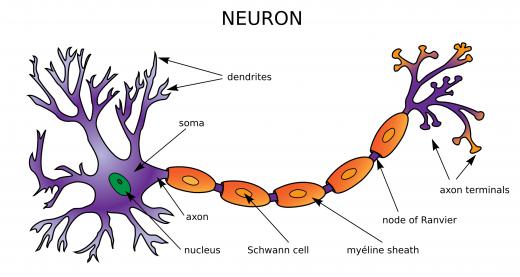
A neuron is a type of cell specialized to receive and transmit nerve impulses. It has two types of extension that reach out from the main body, or soma. Dendrites are branched projections that usually receive information via electrochemical signals from the axon of another neuron; however, they can also send out certain types of signals. The axon is another, more cable-like, long extension from the soma that transfers information from the cell body. All nerve cells have one axon, a cell body, and one or more dendrites.
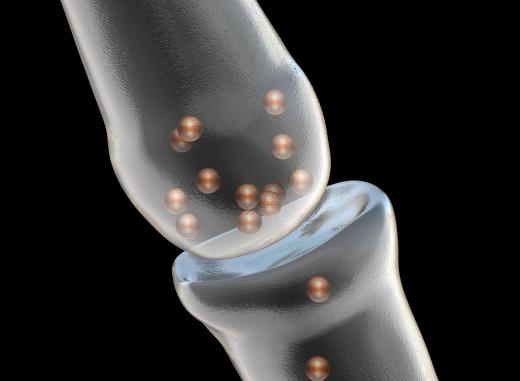
Interneurons are multipolar nerve cells, meaning that they have more than one dendrite. Although they are found throughout the brain, each one is confined to a particular region: they do not connect different parts of the brain to one another. They come in a much greater variety of forms than afferent or efferent nerve cells, but, as of 2013, there is no standard method of classifying them into types.
How Neurons Work
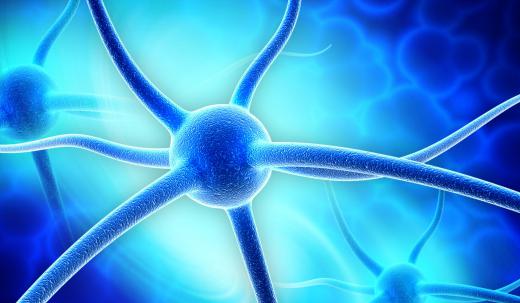
The signals brought to the central nervous system through afferent neurons relay information about sensations experienced on or within the body, such as visual and auditory stimuli, pressure and pain. Efferent neurons, conversely, send signals from the central nervous system out into the body. For example, if a person touches a hot stove with her hand, afferent nerve cells will carry sensory impulses to the central nervous system, registering pain. After processing the impulse, the central nervous system sends a message back to the body through efferent nerve cells to move the hand.
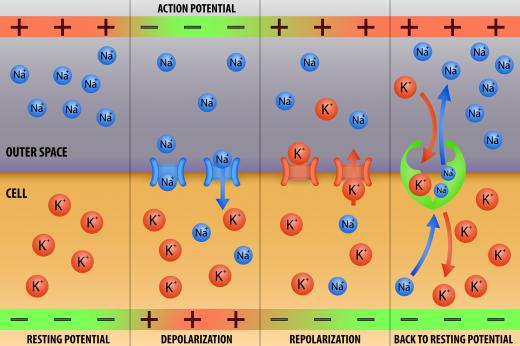
A nerve impulse occurs when a sensory receptor causes the normal negative electrical charge, or resting potential, of the nerve to become positive. This change in charge is called a depolarization. If the depolarization reaches a certain level, an action potential is created. This travels along the nerve cell to the synapse, or gap, between the end of the axon and another cell's dendrite. The positive charge at the end of the axon causes a series of reactions that allow “messenger” chemicals called neurotransmitters to enter the synapse and bind to receptors on the dendrite of the neighboring neuron. If this nerve cell is an interneuron, it will then have to decide what to do with the information received.
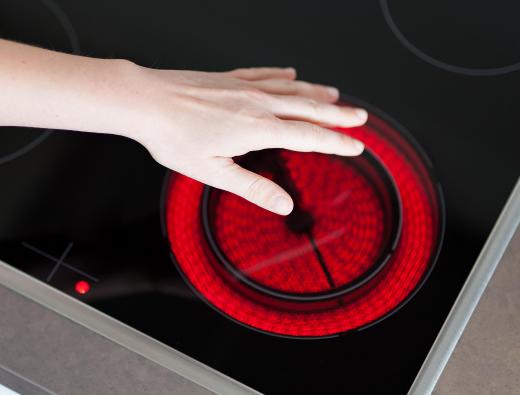
This kind of signal is called excitatory as it causes the receiving nerve cell to generate an impulse. It usually involves chemicals called glutamates. The opposite kind of signal is called inhibitory as it acts to suppress an impulse by generating a negative electrical charge in the receiving nerve. These signals generally involve the neurotransmitter gamma-amino butyric acid (GABA). The behavior of interneurons is most commonly inhibitory.
The Role of Interneurons
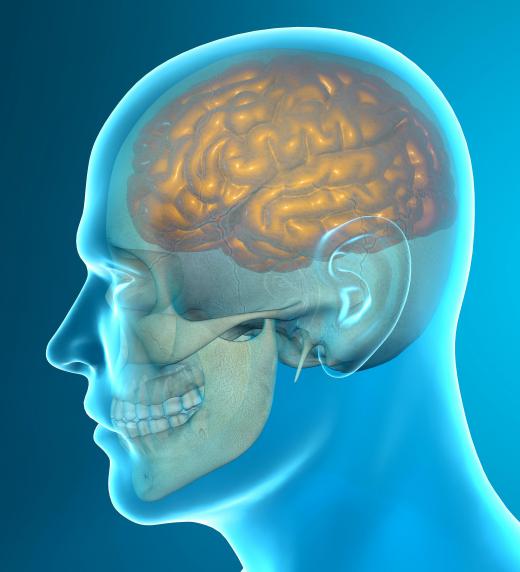
This type of nerve cell may be stimulated by an efferent or afferent neuron, or another interneuron. It may receive information from the body’s outside or inside environment and pass it along to the brain for further processing, or it may process the information itself and send a signal to a motor neuron to act. In the latter instance, it is considered the integration center, or the place in the central nervous system where information from the environment is processed and a decision is made on how to react.
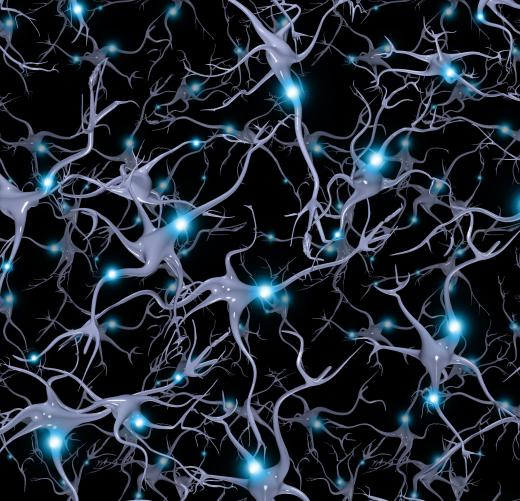
In the previous example of someone touching a hot stove, the interneuron processes the information from the sensory nerve cell itself and allows a signal to pass to a motor neuron to take action. This is called a spinal reflex. Other signals, however, may require higher brain analysis and are sent from afferent neurons to one or more interneurons, which pass the impulse along to the brain. In this case, the brain is considered the integration center.
As of 2013, the various functions of interneurons are an area of active research and much is still to be learned. The inhibitory signals they produce may serve to modulate electrical stimuli between afferent and efferent nerve cells, but they also seem to play many other essential roles. Large assemblies of different types of these nerve cells appear to interact in complex ways that are important to higher brain functions such as memory, perception and emotion.
AS FEATURED ON:
AS FEATURED ON:

















Discussion Comments
Strength training is associated with a decrease in intra-cortical inhibition.
What are the main functions of a interneuron?
Neurons are designed to react at extremely fast speeds to feelings which may be harmful. This is why a person will almost involuntarily jerk their hand away when touching a hot object. The speed at which this is done seems to defy time, because the body wants to save itself from any possible harm.
If the neurons in the spinal cord or brain are damaged, it can affect all of the connecting neurons and dendrites, including interneurons. If this happens, the injured person will likely find that he or she cannot react to things the same way, especially excessive hot or cold; this can be especially true for victims of stroke.
Post your comments